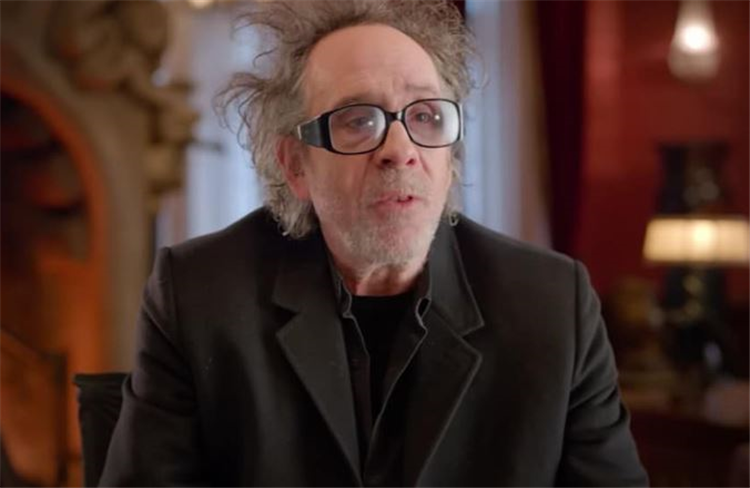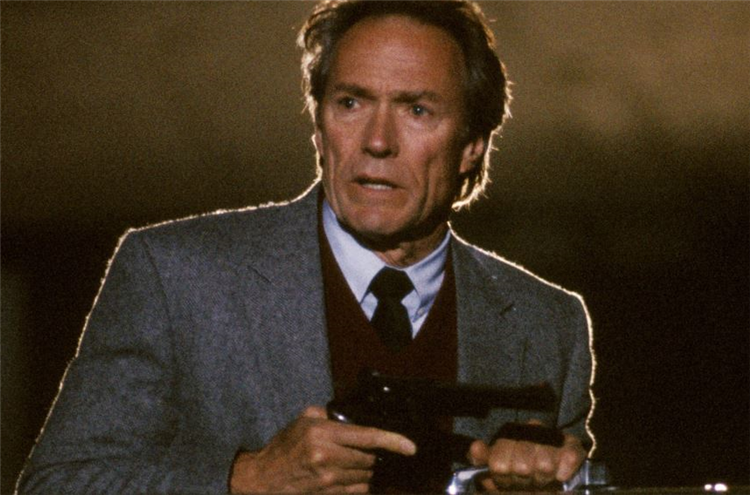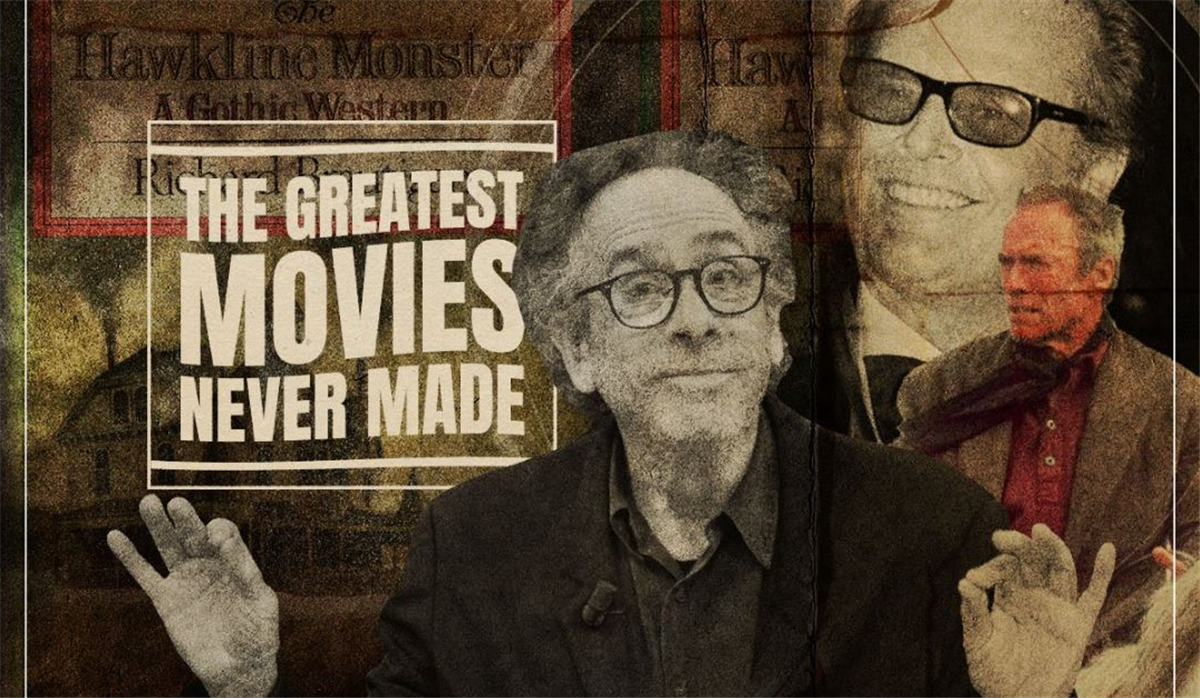Nobody does gothic fantasy quite like Tim Burton, and there’s never been a name more intrinsically linked to the western this side of John Wayne than Clint Eastwood. Put the two of them together in a movie that leaned into their disparate sensibilities, and it’s easy to see why The Hawkline Monster was seen as such a mouthwatering prospect.
That’s without even mentioning the filmmaker’s desire to round out the trio of heavyweight talents with Jack Nicholson, who’d done an impeccable job of inhaling the scenery whole in Burton’s game-changing comic book blockbuster Batman. It was a match made in heaven on three fronts, but sadly, it wasn’t to be.
The issue was the source material, or at least, that’s the easiest inference that can be made. Burton wasn’t the first to try and bring Richard Brautigan’s 1974 novel to the screen, nor would he be the last. Hal Ashby had tried for years to get it made, but once he finally admitted defeat, cinema’s most famous purveyor of spooky oddities decided he’d take a crack at it.

After his attempt failed, The Hawkline Monster vanished back into the ether of development hell for decades until Yorgos Lanthimos was announced to be spearheading the film back in the summer of 2019. That didn’t happen either, and the movie remains unmade, although The Seeding director Barnaby Clay has confessed that it’s a dream project he’d love to drag into production come hell or high water.
On the surface, having Burton helming a combination of gothic fantasy and old-fashioned western that promised Eastwood and Nicholson sharing the screen for the first time ever is about as sure a thing as anyone could hope to find in Hollywood, only for the auteur to discover that there was a very good reason why Ashby ended up washing his hands of The Hawkline Monster altogether.
It’s been called unfilmable many times for a variety of solid reasons, but history has shown that unfilmable stories often have a way of ending up on the screen regardless, but Brautigan’s work is a different kind of tale. In short, it’s utterly bananas, and those familiar with the book are completely understanding as to why it continues to stymie so many talented filmmakers.
Unfolding in Oregon in 1902, the story follows a pair of morally questionable gunmen named Cameron and Greer. If Burton’s intention was to cast Nicholson and Eastwood as two bickering and ageing gunslingers with dubious approaches to life, then that only makes it more disappointing that The Hawkline Monster ended up as the one that got away.

The two are approached by a woman called Magic Child in a California brothel, who hires them for a job at her estate. When they turn up, they discover the house is surrounded by snow despite being in the middle of the Oregon plains at the height of summer before it’s revealed owner, Miss Hawkline, is Magic Child’s twin sister, and she needs Cameron and Greer to head into the ice caves beneath her residence to slay the monster within.
Along the way, there’s a butler who dies and shrinks to miniature size, the Hawkline twins’ father is presumed dead while manifesting as an umbrella basket, and a mysterious chemical compound that possesses mind-altering qualities. It’s bonkers and very difficult to transplant from the literary world to cinema, which proved to be several bridges too far for Burton.
Screenwriter Jonathan Gems penned the script, and The Hawkline Monster continued his winning trend of writing films for Burton that never got made after it was added to the pile that contained Beetlejuice Goes Hawaiian, Edgar Allan Poe’s The Fall of the House of Usher, and Russ Meyer-inspired beach flick Go Baby Go.
Ironically, the one script he drafted for Burton that actually made it to the finishing line was Mars Attacks!, which was the movie the director opted to make when The Hawkline Monster fell apart. That one starred Nicholson, too, but missing out on the chance to see him spar with Eastwood in a phantasmagorical and psychedelic western with elements of horror, fantasy, and dark comedy really stings.
